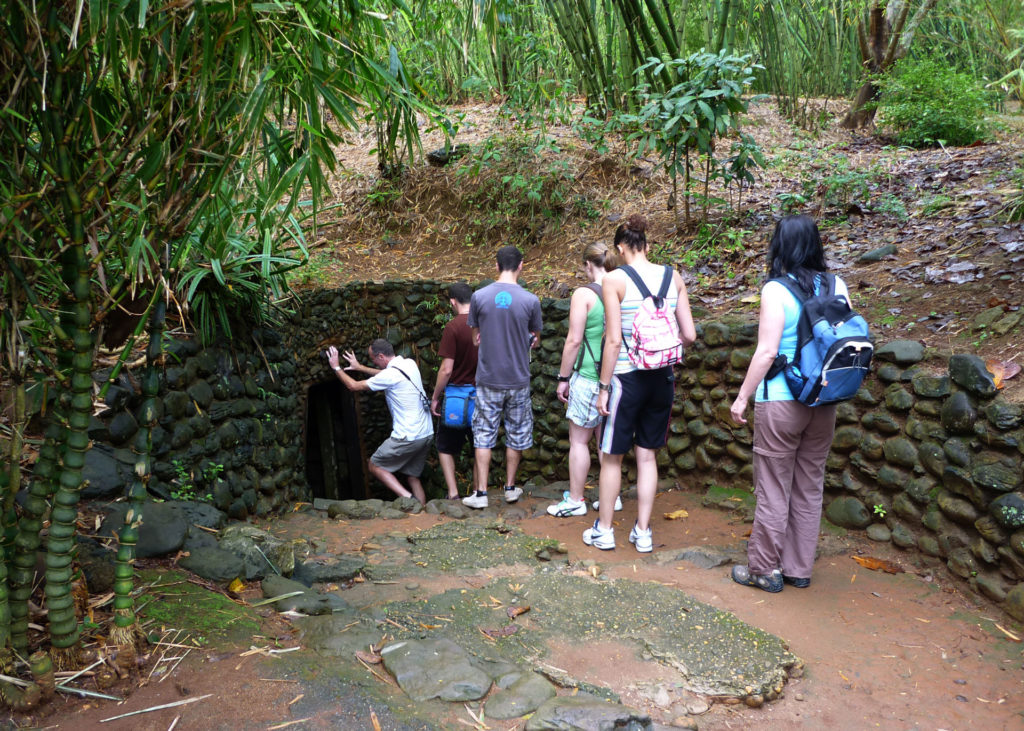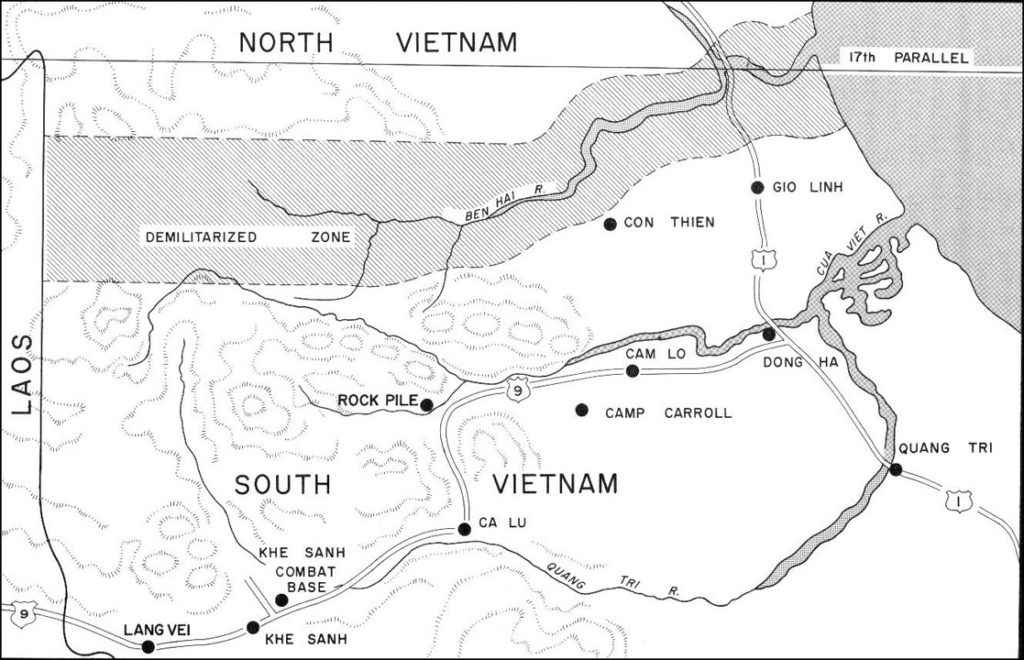admin
01 February 2020
No Comments
Central Vietnam History
My mother in Law, fought and dug (as they did) at Vinh Moc Tunnels during 1968 and 1969. My wife’s family, who run the Phong Nha Farmstay, have an interest in sending you to the tunnels. They are located on the beach in Vinh Linh District of what is now Quang Tri Province. The tunnels are large, unlike their tourism counterparts at Cu Chi, near Saigon. I was lucky enough to take my mother in law back there in 2013. It was surreal to see her running through the tunnels, she said found it quite nostalgic.
The tunnels were used to supply soldiers with food and water on an Island, just off the coast. They are large in size as they were to move entire Villages underground to avoid Bombing. Not avoid American Ground Troops.
They are located on the Northern side of the DMZ (Demilitarised Zone) which was set up in 1954 to allow the exit of the French from Indochina without the entire region falling to Communism. For all of the west’s hopes and dreams on that front, the plan eventually failed in 1975 when south Vietnam was run by the Communist North and their Southern Insurgent Allies.

THE MUSEUM AT THE REUNIFICATION BRIDGE OVER BEN HAI RIVER
This museum is located on HWY 1 where the road directs the Ben Hai River on the 17th Parallel of Latitude. The 17th Parallel of Latitude was chosen in the 1954 peace accords by the United Nations to separate the 3 French protectorates, Tonkin, to the North, Annam in the centre and Cochinchine to the south, that now makes up, what we call Vietnam. Prior to 1954 the 3 areas were separate under French imposed rule and at that convention it was decided to create a new set of borders with a North Vietnam and a South Vietnam.
This border ran east to west from the Laos Border, north of Highway 9 to the Coast at Ninh Ninh District, through the middle of the cultural region then known as Annam ruled by the Emperor in Hue. After the war in 1975, the southern part of Annam, North of the Hai Van Pass, was called Binh Tri Thien and in 1989, became the 3 provinces of Thua Thien Hue which has Hue City, Quang Tri where the DMZ is and Quang Binh to the North, were Phong Nha is located.
The museum gives a great insight into the war in that region. Walking around the large room in a clockwise direction will take you on a time line through the build up to the American War, through its terrible years of bombing, hardship and waste and finally, to the ramifications the war had on that region. Parts of the DMZ and Quang Binh Province including Phong Aha were “Bombed into the Stone Age” and it is an interesting story that should be seen if you get the chance.
Talk to the locals and the expats that have lived in central Vietnam for a long time. 1o years ago, the areas of Quang Binh and Quang Tri you are now visiting where just starting to recover from what happened here 40 and 50 years ago. While America inevitably lost the war, it was a scorch earth policy they left behind, at least in this part of the country.

LA VANG AND LONG HUNG CHURCHES ON THE DMZ
Located south of the DMZ these churches were destroyed during the Northern offensive of Easter 1972. Vietnamese Catholics believe The La Vang church is where Mary appeared to persecuted Catholics in the late 18th century.
Construction of the now bombed out structure of La Vang Church was completed at the beginning of the 20th century. The bell tower and some of the facade is all that remains.
The Long Hung church was built in 1955 and during the siege of Quang Tri, the North Vietnamese forces took up as a position in the building. The sign outside the church reads –
“In 1972, the resilient fight of our soldiers and people took place against the counter-attacks by American and South Army to reoccupy Quang Tri town. Long Hung church was one of important positions to protect the town at this place, we fought against hundreds of counter-attacks by the enemy and helped to protect Quang Tri Old Citadel for 81 days and nights of history.
“Long Hung Church a relic of the war. This place is the memorial of the bravery of our soldiers and people”.
It’s a ruin full of bullet holes, located on the side of Hwy 1 and well worth a visit to contemplate the war, the loss and the history. A place to take some powerful photos too.
If your staying in Hue on your journey through , my greatest recommendation for that fine city is dining for an evening meal at “Les Jardins De La Carambole”
It’s in the old city, across the river from the Hotel/Backpacker district.
Ask your hotel to organize a cycle Taxi there and get there restaurant to organize you a cheaper but less nostalgic taxi back.
It’s like a do it yourself French colonial night out. A great experience in Vietnams most cultured destination. Tell the manageress that Ben from Phong Aha recommended the restaurant. It will work in your favor. Her name its Miss Vui. Vui means happy in Vietnamese. Her restaurant is a reason to be happy.
Les Jardins De La Carambole, Hue
32 Dang Tran Con St, Hue
Featured


